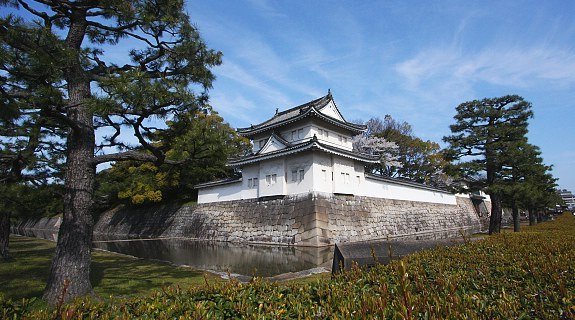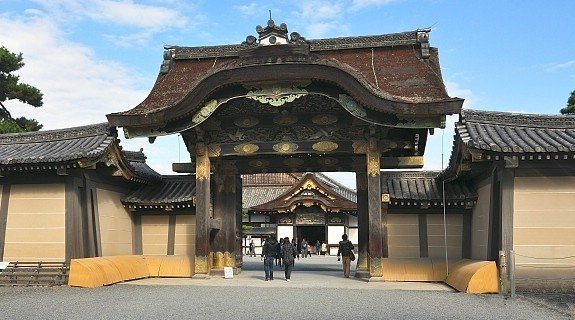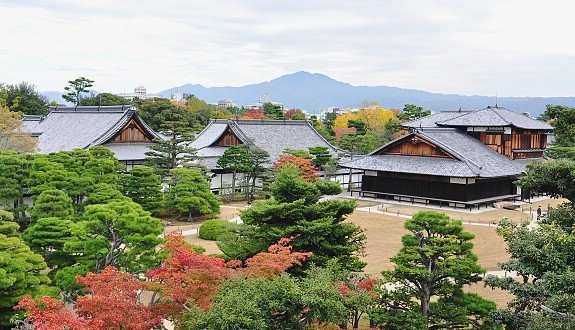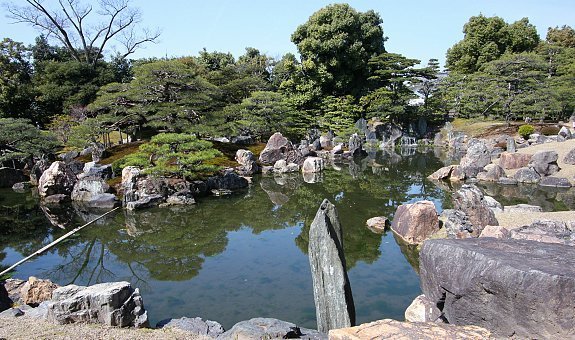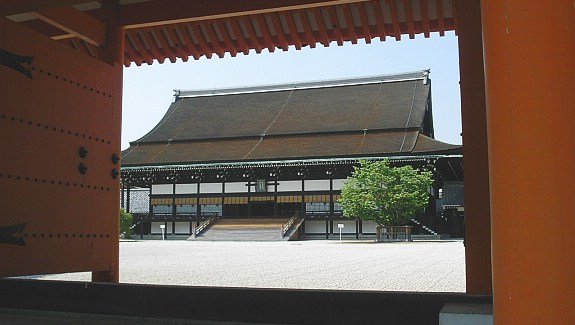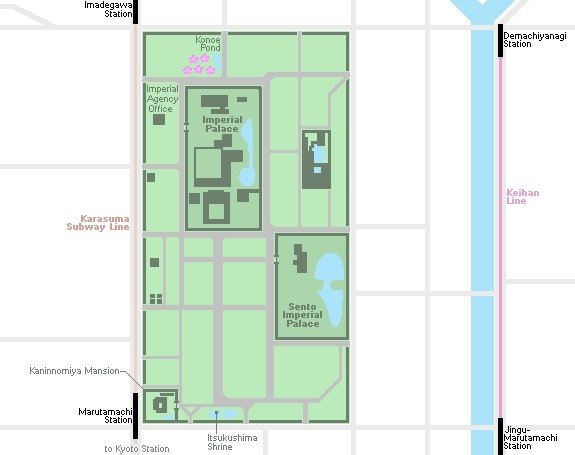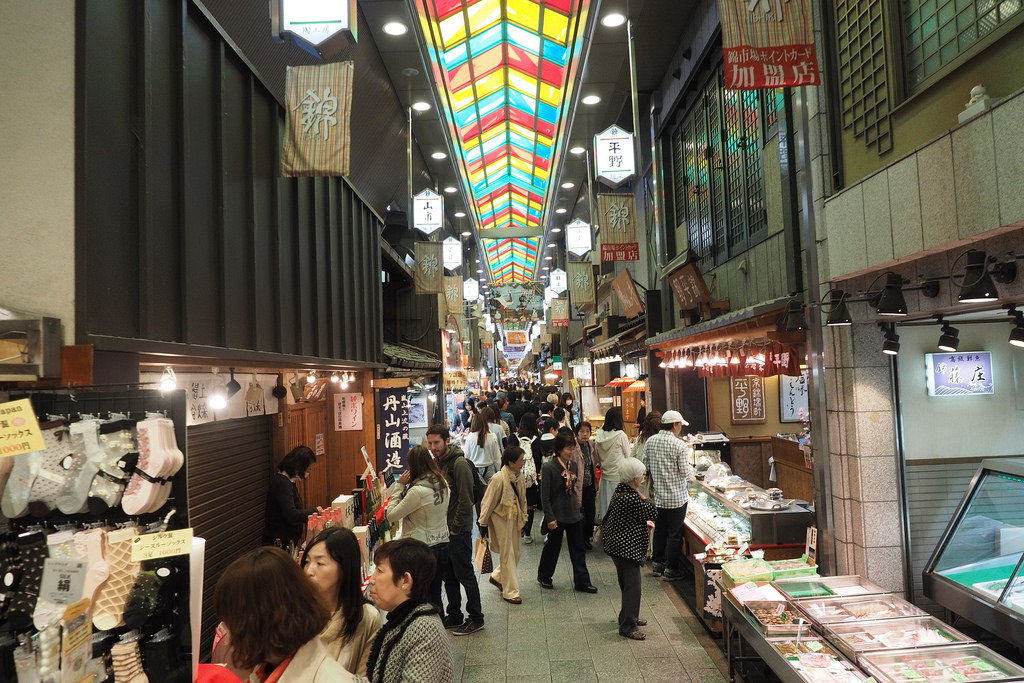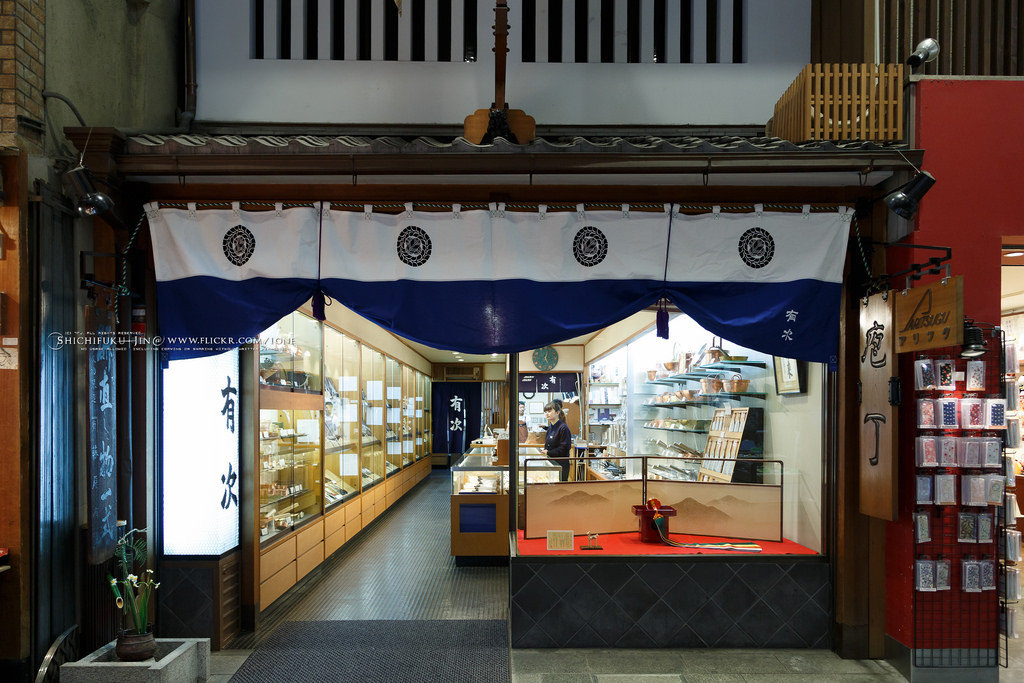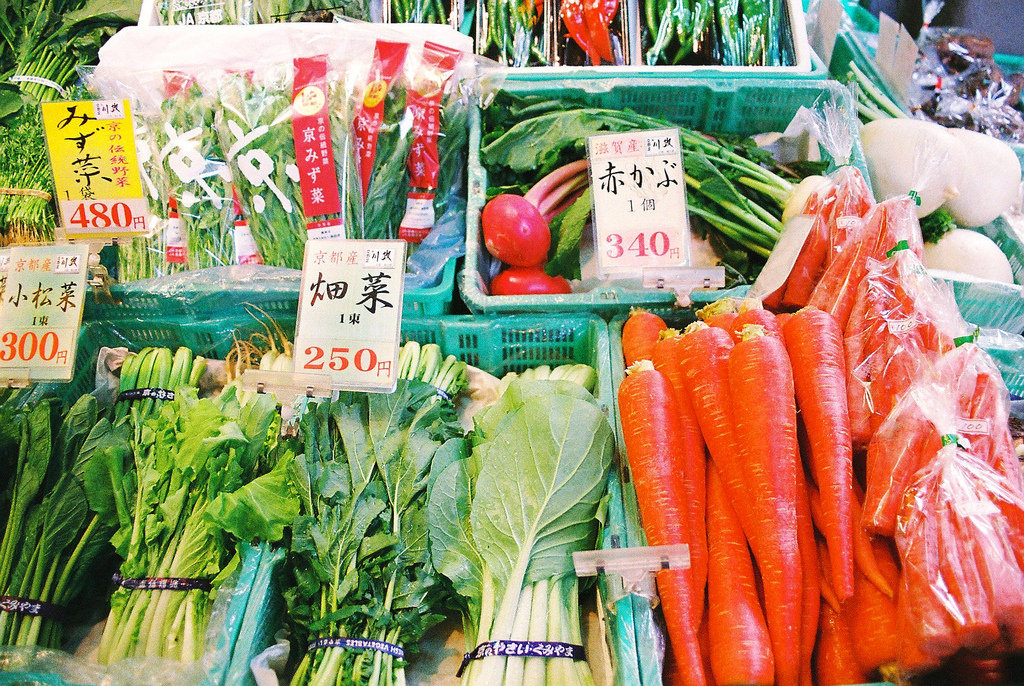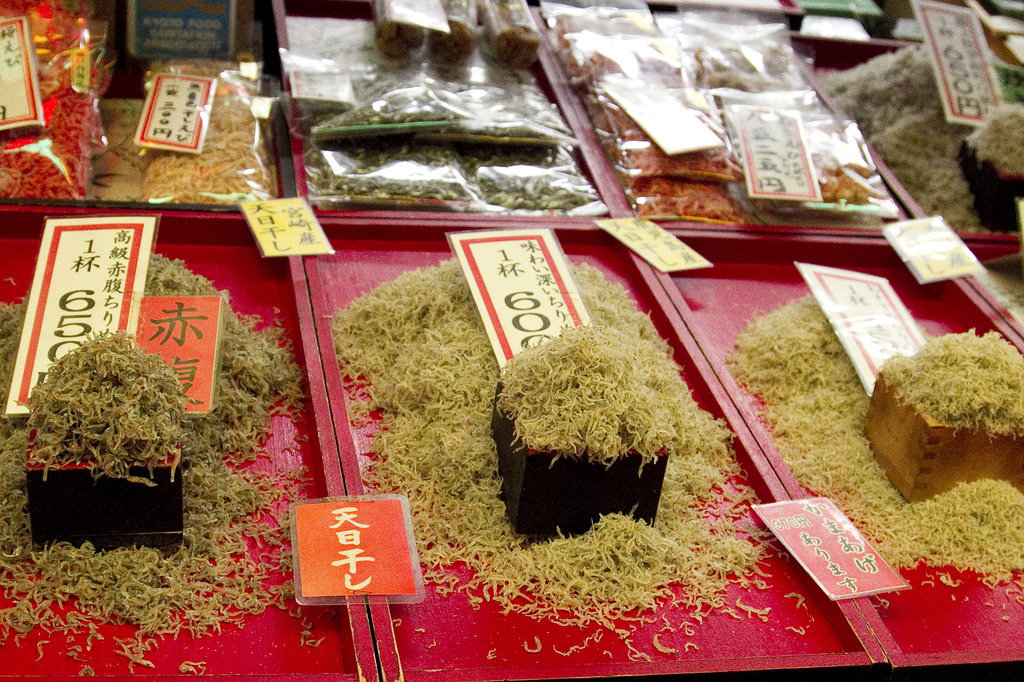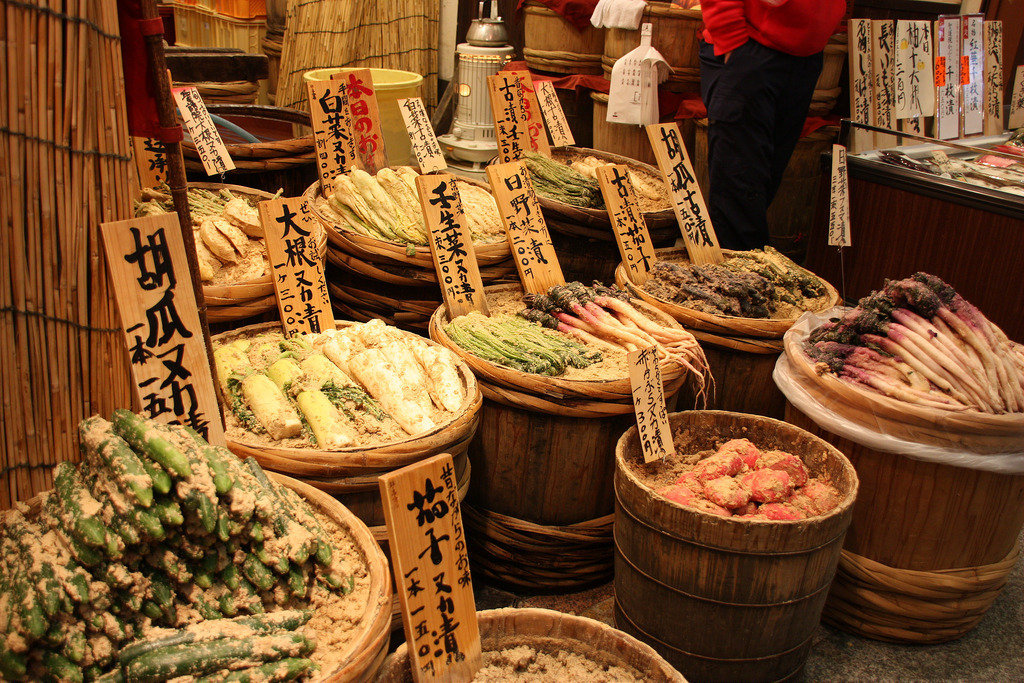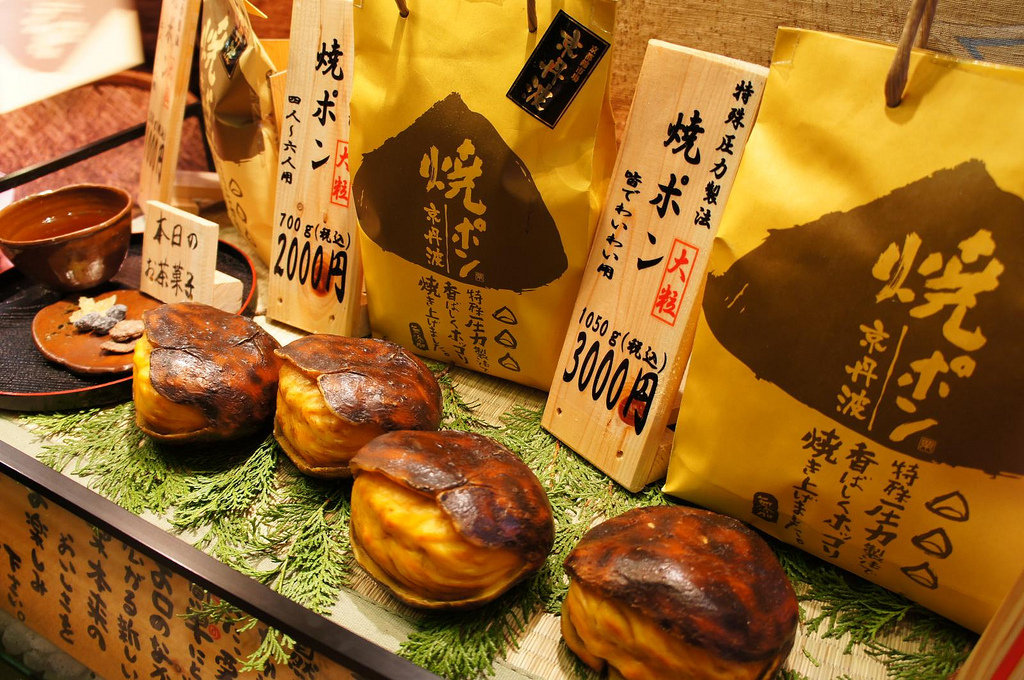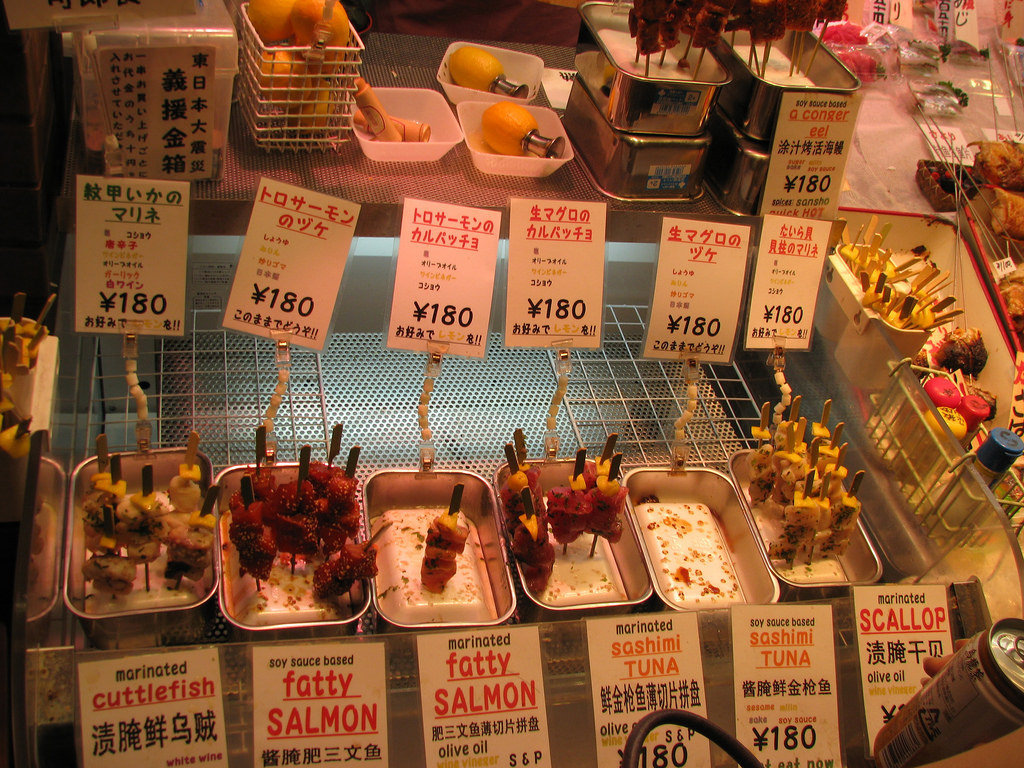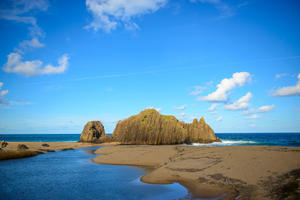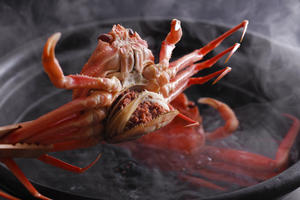kyoto~What To See
The Imperial , the shogun and Kyoto's Kitchen is important for knowing Kyoto.
Please try to go there to because it is a very good place!
Updated Date : 2017-09-12 11:06:58
この記事のシェアをお願いします。☺
Nijo Castle (Nijojo)
Nijo Castle (二条城, Nijōjō) was built in 1603 as the Kyoto residence of Tokugawa Ieyasu, the first shogun of the Edo Period (1603-1867). His grandson Iemitsu completed the castle's palace buildings 23 years later and further expanded the castle by adding a five story castle keep.
After the Tokugawa Shogunate fell in 1867, Nijo Castle was used as an imperial palace for a while before being donated to the city and opened up to the public as a historic site. Its palace buildings are arguably the best surviving examples of castle palace architecture of Japan's feudal era, and the castle was designated a UNESCO world heritage site in 1994.
Karamon Gate
Nijo Castle can be divided into three areas: the Honmaru (main circle of defense), the Ninomaru (secondary circle of defense) and some gardens that encircle the Honmaru and Ninomaru. The entire castle grounds and the Honmaru are surrounded by stone walls and moats.
Honmaru
The Honmaru and Ninomaru are surrounded by green space and tree lined walking paths. Cherry trees of numerous varieties are planted throughout the castle grounds, including nearly 400 cherry trees of late blooming varieties in a cherry orchard. Because of the many cherry tree varieties present, the blooming season at Nijo Castle usually lasts from late March through the entire month of April.
Ninomaru Garden
Outside of the Ninomaru Palace extends the Ninomaru Garden, a traditional Japanese landscape garden with a large pond, ornamental stones and manicured pine trees.
Unlike the Ninomaru Palace, the Honmaru Palace is not regularly open to the public, although there are occasional special openings. Visitors may, however, walk around the Honmaru gardens and climb up the stone foundation of the former castle keep, which offers views over the castle grounds.
Get There and Around
From Kyoto Station, take the Karasuma Subway Line to Karasuma-Oike Station and transfer to the Tozai Line to Nijojo-mae Station. The whole trip takes about 15-20 minutes and costs 260 yen. Alternatively, the castle can be reached from Kyoto Station by Kyoto City Bus numbers 9, 50 or 101 (15-20 minutes, 230 yen one way) or from Shijo-Kawaramachi by Kyoto City Bus number 12 (15 minutes, 230 yen one way).
【HOURS】 8:45 to 17:00 (admission until 16:00)
Entry to Ninomaru from 9:00 to 16:00
【CLOSED】 Tuesdays in Jan, Jul, Aug and Dec (or following day if Tue is a tionalholiday)
December 26 to January 4
【FEES】 600 yen
【ENGLISH】 Good (English audio guides are available for 500 yen)
35.01284755460408
135.75128360378267
0
0
0
18
35.01284755460408,135.75128360378267,0,0,0
Kyoto Imperial Palace
The Hall of State Ceremonies within the Kyoto Imperial Palace
Kenreimon
The current Imperial Palace was reconstructed in 1855 after it had burnt down and moved around town repeatedly over the centuries
The Kyoto Imperial Palace (京都御所, Kyōto Gosho) used to be the residence of Japan's Imperial Family until 1868, when the emperor and capital were moved from Kyoto to Tokyo. It is located in the spacious Kyoto Imperial Park (京都御苑, Kyōto Gyoen), an attractive park in the center of the city that also encompasses the Sento Imperial Palace and a few other attractions.
Map
The current Imperial Palace was reconstructed in 1855 after it had burnt down and moved around town repeatedly over the centuries. The complex is enclosed by long walls and consists of several gates, halls and gardens. The enthronement ceremonies of Emperors Taisho and Showa were still held in the palace's main hall, but the present Emperor's ceremony took place at the Tokyo Imperial Palace.
Get There and Around
Kyoto Imperial Palace is a ten minute subway ride from Kyoto Station along the Karasuma Subway Line. Get off at Marutamachi or Imadegawa Station. Imadegawa Station is closer to the Imperial Agency Office and the entrance gate of the Imperial Palace.
35.017504620986394
135.76312823879243
0
0
0
19
35.017504620986394,135.76312823879243,0,0,0
Nishiki Market
Nishiki Market
Nishiki Market (錦市場, Nishiki Ichiba) is a narrow, long shopping street lined by more than one hundred shops and restaurants. Known as "Kyoto's Kitchen",
Aritsugu
Aritsugu is a Japanese knife and cooking utensil producer and store, founded by Fujiwara Aritsugu in 1560. It is one of the oldest knifemakers in Japan.
Kyo-yasai
"Kyo-yasai" is a general term for varieties of vegetables that were created by selective breeding a long time ago and have been produced in a traditional manner mainly in regions in Kyoto Prefecture.
Chirimenjako
boiled and dried baby sardines
pickles
Some of the shops freely give out samples or sell sample dishes and skewers meant to be eaten then and there.
Roast chestnuts
japanese chestnut of Kyotango
eating tour
Today it remains an important market for Kyoto and is often packed with locals and tourists alike.
Get There and Around
The Nishiki Market street runs parallel to Shijo Avenue, one block north of Shijo Avenue. It can be reached on foot in less than five minutes from Shijo Station on the Karasuma Subway Line (4 minutes, 210 yen from Kyoto Station) or Karasuma or Kawaramachi Stations on the Hankyu Line.
【HOURS】 Varies by store, typically 9:00 to 18:00
【CLOSED】 Varies by store, typically Wednesday or Sunday
【FEES】 Free
35.00504525904288
135.76262734833108
0
0
0
18
35.00504525904288,135.76262734833108,0,0,0
この記事のシェアをお願いします。☺

